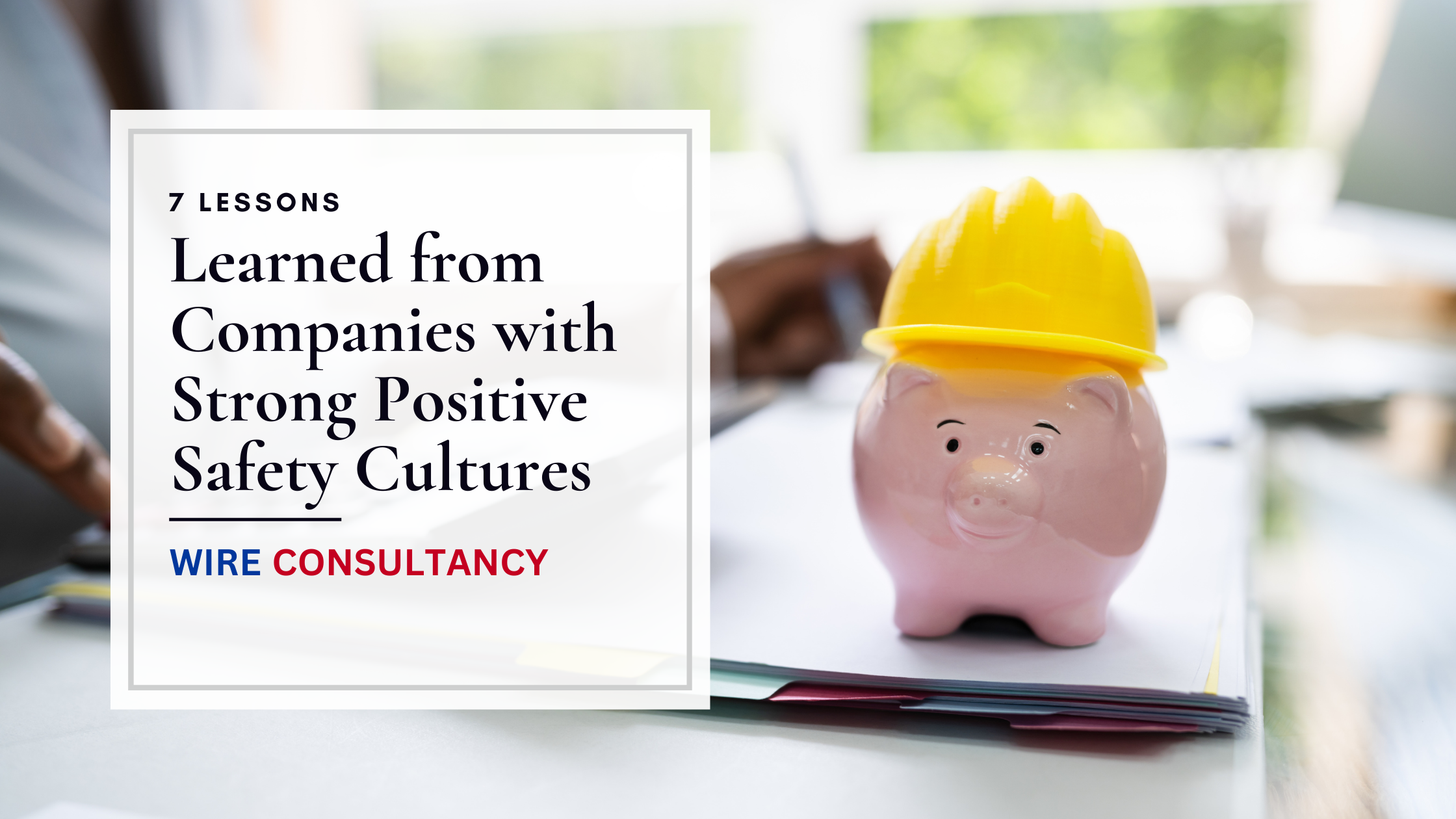In recent years, companies with strong Positive Safety Cultures have become role models for other businesses looking to improve their safety performance. A positive safety culture is characterized by a shared commitment to safety among all employees, a willingness to identify and learn from mistakes, and a focus on continuous improvement. In this blog, we will explore 7 key lessons that can be learned from companies with strong positive safety cultures.
1. Leadership Commitment
One of the most important aspects of creating a positive safety culture is leadership commitment. Companies with strong safety cultures have leaders who prioritize safety, set safety goals, provide necessary resources, and hold themselves accountable for safety performance. When leaders are committed to safety, employees are more likely to follow suit.
2. Employee Involvement
Another important aspect of a positive safety culture is employee involvement. Companies with strong safety cultures engage employees in safety activities such as hazard identification, safety training, and safety audits. Employees are also encouraged to report safety concerns and near-misses, which provides valuable information for improving safety performance.
3. Continuous Improvement
Companies with strong safety cultures recognize that safety is not a one-time effort, but an ongoing process. They continually assess and improve their safety systems, processes, and procedures to prevent accidents and injuries. These companies also learn from their mistakes and near-misses and use that information to make improvements.
4. Open Communication
Communication is critical for creating a positive safety culture. Companies with strong safety cultures have open lines of communication between employees and management and encourage employees to share safety concerns and ideas. Effective communication helps to identify potential safety hazards and prevent accidents.
5. Safety Training
Companies with strong safety cultures provide regular safety training to employees to ensure they are knowledgeable about safety procedures and requirements. This training should be ongoing and cover all aspects of safety including hazard recognition, prevention, and response.
6. Hazard Identification and Control
Hazard identification and control is another key aspect of a positive safety culture. Companies with strong safety cultures conduct regular safety audits, risk assessments, and hazard analyses to identify potential safety hazards. Once hazards are identified, these companies take steps to control or eliminate them.
7. Rewards and Recognition
Companies with strong safety cultures also recognize and reward employees for their safety efforts. This can include rewards for reporting near-misses, safety suggestions, or participation in safety programs. Recognizing safety performance reinforces the importance of safety and motivates employees to continue to prioritize safety in the workplace.
In conclusion, companies with strong positive safety cultures have several important characteristics including leadership commitment, employee involvement, continuous improvement, open communication, safety training, hazard identification and control, and rewards and recognition. By implementing these practices, companies can improve safety performance, reduce accidents and injuries, and create a workplace culture that prioritizes safety. At Wire Consultancy, our team of experienced consultants are ready to collaborate with you to achieve your engineering, safety, and sustainability goals. Get in touch with us to learn more.

